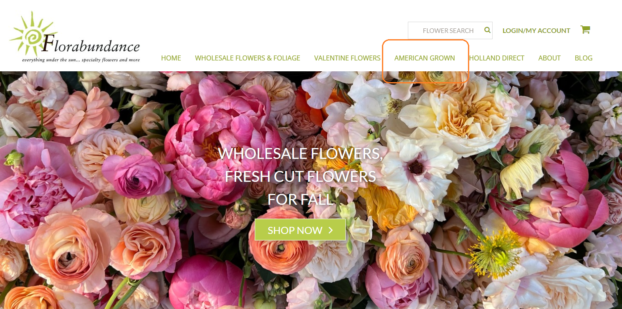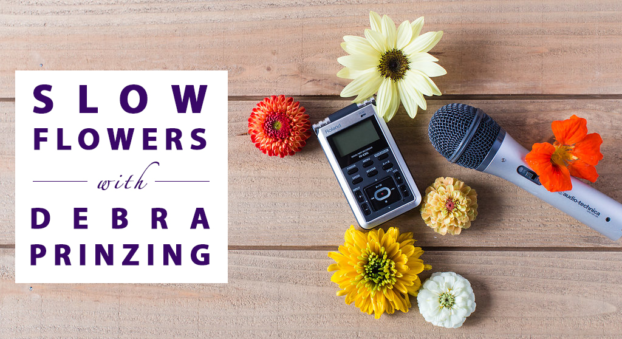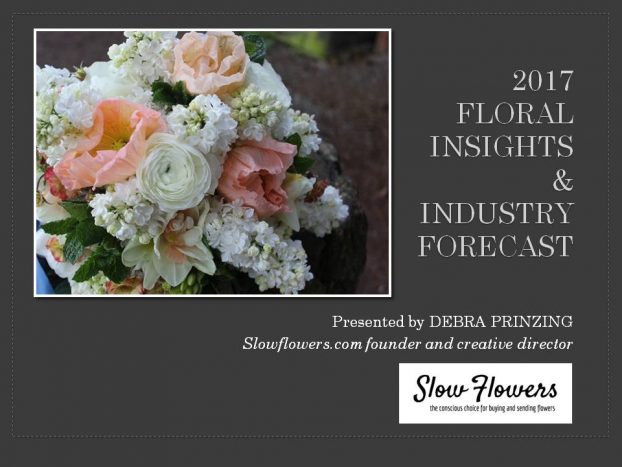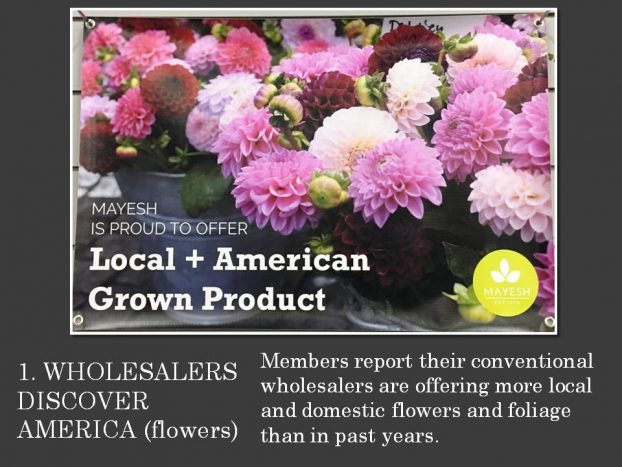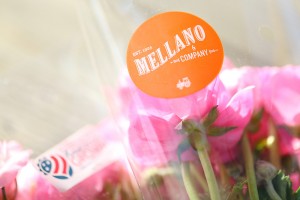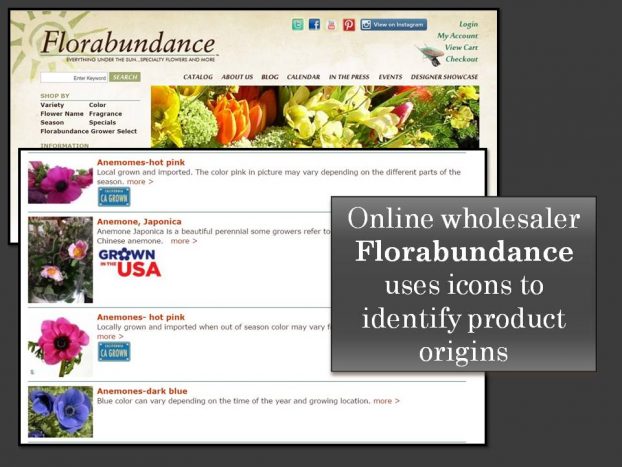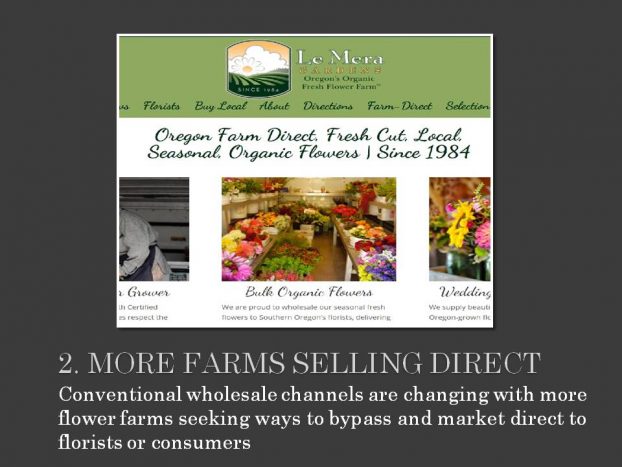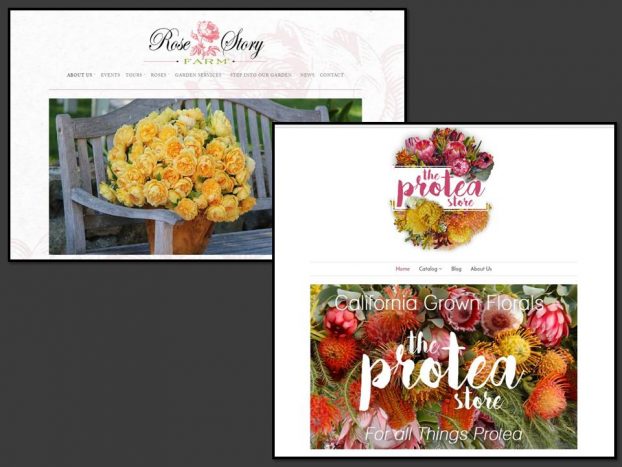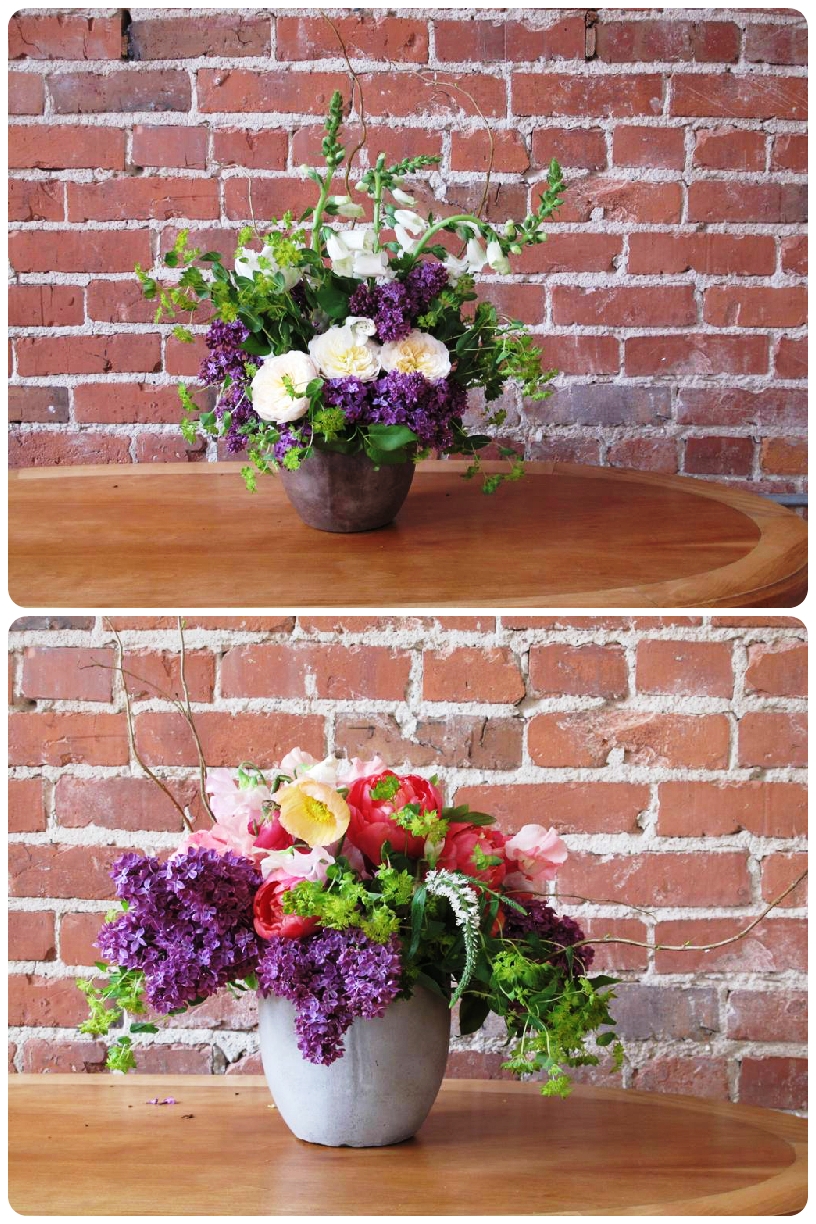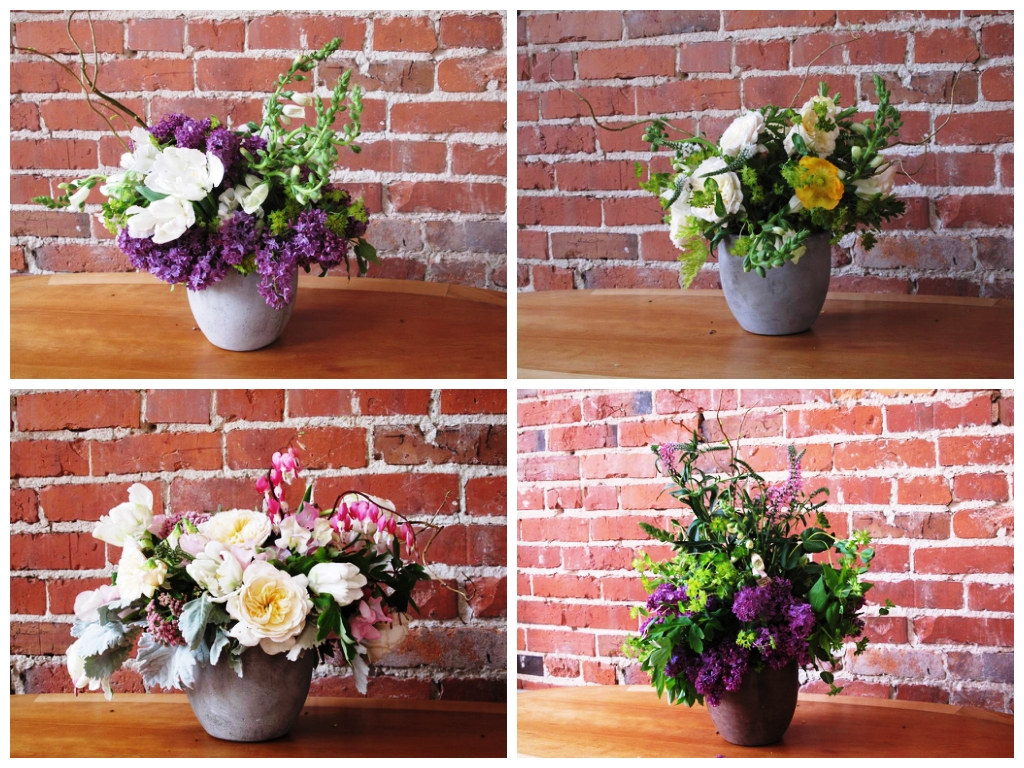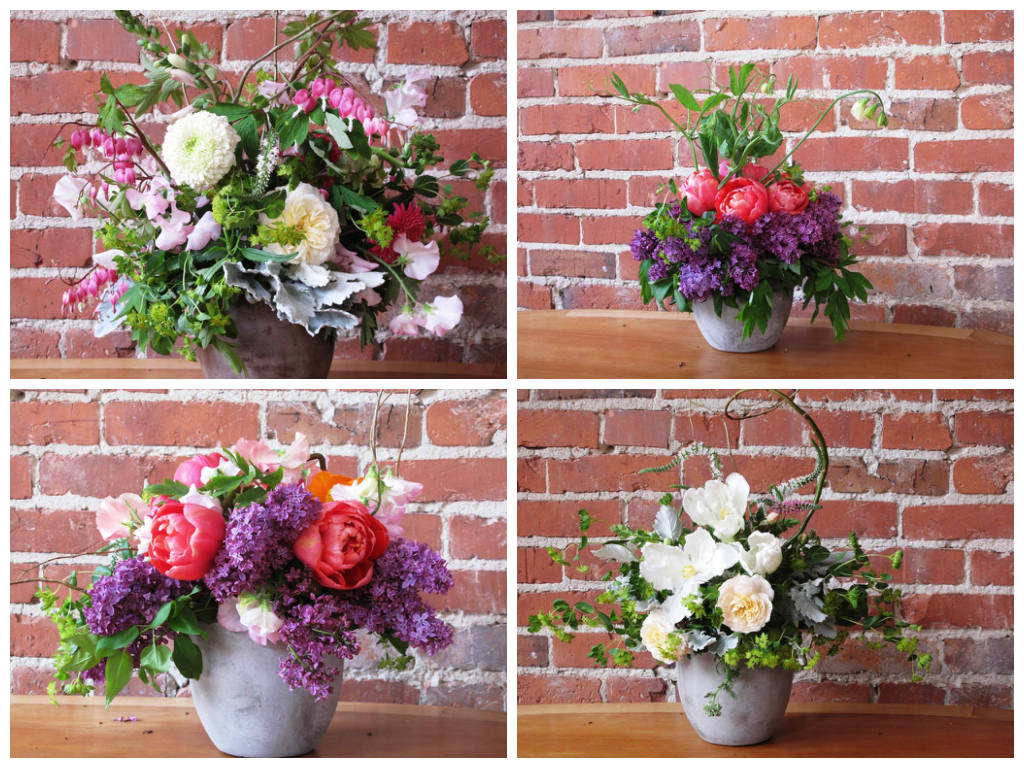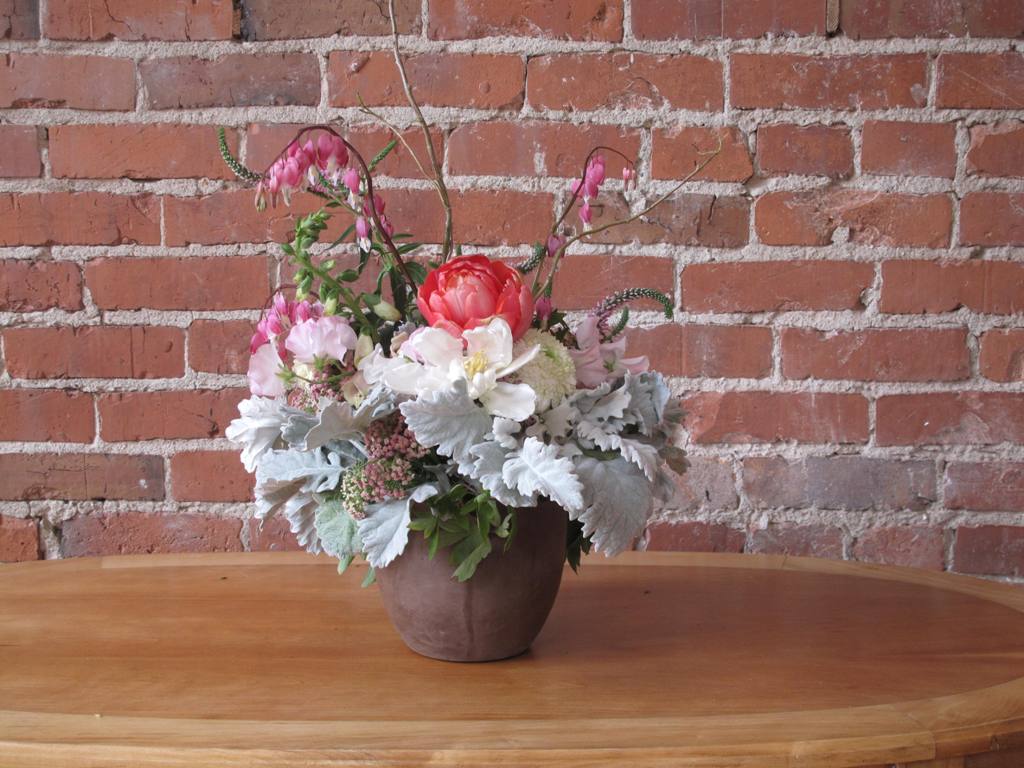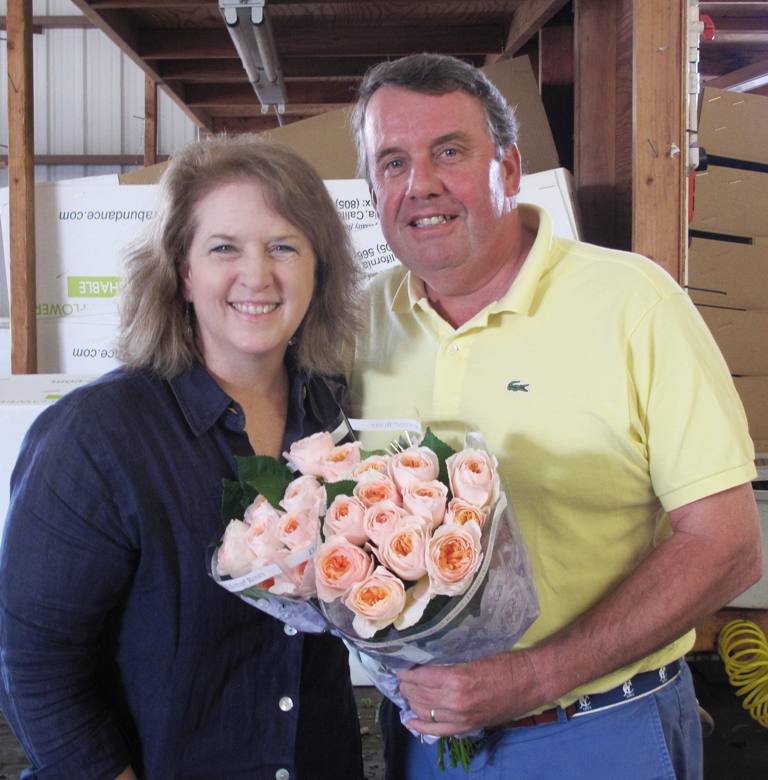Podcast: Play in new window | Download
Subscribe: Apple Podcasts | Podcast Index | RSS | More
It’s nearly Valentine’s Day and if you’re panicking about your flower order, today’s episode is just for you. We’re taking a virtual tour of Florabundance in Carpinteria California, to learn from Joost Bongaerts about the domestic US-grown flower sourcing options for this important floral holiday.
If you’re a longtime listener of the Slow Flowers Podcast, you may recall today’s guest Joost Bongaerts, owner of Florabundance, based in Carpinteria, California. We featured a conversation with Joost back in April 2014, on Episode 139 during our very first year of the Slow Flowers Podcast. At the time, I was interested in sharing his story because Florabundance was one of the first if not the very first wholesalers who regularly offered US-grown flowers and foliage.
It’s been a decade – can you believe it? And we’re grateful for Florabundance’s decade-long membership in the Slow Flowers Movement, as well as the advice and insights Joost has personally shared with me over the years.
Now that the Slow Flowers Show has a video component, I thought of Florabundance when we were thinking of a good pre-Valentine’s Day episode – nothing like a beautiful floral show-and-tell to wow and inspire, right?
I asked Joost if he would join me to walk through the many US-grown flower options that florists can order for Valentine’s Day. So many of our members, retail florists and studio florists, use Slow Flowers’ mission as part of their branding – to support local and domestic flower farms through their own sourcing practices. He was joined by sales manager Debbie Kline and Jenna Foster, the main buyer who works with boutique flower growers.
To be perfectly honest, in most parts of the U.S., getting local flowers in mid-February is next to impossible. This is slowly changing as flower farming innovations are leading to season extension methods (like winter tulips and early greenhouse crops like anemones and ranunculus), but if you’re not able to find those in your region, ordering from a place like Florabundance is a great option.
Here’s a bit more about Joost Bongaerts:
Born in 1959 in Den Haag, The Netherlands, Joost grew up in the Netherlands. His father managed agricultural land holdings all over the country. Joost spent summers working on his family’s farm in northern Holland and became interested in agriculture and horticulture as a result. He studied at Wellant College in Gouda, graduating with a degree in Plant Science. Joost also spent a semester at Michigan State University as part of an exchange student program, which led to his desire to work and live in The United States.
Joost began his professional career in 1981 marketing fresh cut flowers from Holland for The Dutch Flower Auctions & Exporters Organizations, first in Holland and then in Livonia, MI. From 1983 to 1991 Joost worked for several Dutch Flower Bulb Companies selling flower bulbs and perennial plants to specialty cut flower growers in The United States and Canada. In 1991 Joost and his wife Alexandra opened Bonfleur (Bongaerts Flowers), a European-style retail flower shop in New Canaan, CT, which they sold to their manager in 2002. During this time, Joost also imported flowers from Holland and was president of First American Florist, an online wholesale flower company shipping flowers from Holland. He started to do business with Florabundance, becoming a partner in 2002 and eventually full owner in 2008.
Joost’s background and experience in selling flower bulbs to growers, importing cut flowers and running a successful retail flower shop provides a unique perspective from which he has developed the Florabundance brand into one of the premier wholesalers in the United States. Joost and Alexandra moved from Connecticut to California in 2008 and have two grown children.
Fabulous Florals: Check out Florabundance’s consumer site for US-grown flowers
Find and follow Florabundance on Instagram and Facebook
Thank you to our Sponsors!
This show is brought to you by Slowflowers.com, the free, online directory to more than 750 florists, shops, and studios who design with local, seasonal and sustainable flowers and to the farms that grow those blooms. It’s the conscious choice for buying and sending flowers.
Thank you to Red Twig Farms. Based in Johnstown, Ohio, Red Twig Farms is a family-owned farm specializing in peonies, daffodils, tulips and branches and a popular peony-bouquet-by-mail program. Learn more at redtwigfarms.com.
Thank-you to Seattle Wholesale Growers Market, a farmer-owned cooperative committed to providing the very best the Pacific Northwest has to offer in cut flowers, foliage and plants. The Growers Market’s mission is to foster a vibrant marketplace that sustains local flower farms and provides top-quality products and service to the local floral industry. Visit them at seattlewholesalegrowersmarket.com.
Thank you to Longfield Gardens, which provides home gardeners with high quality flower bulbs and perennials. Their online store offers plants for every region and every season, from tulips and daffodils to dahlias, caladiums and amaryllis. Check out the full catalog at Longfield Gardens at longfield-gardens.com.
Thank you for joining me today! The Slow Flowers Podcast is a member-supported endeavor, downloaded more than one million times by listeners like you. Thank you for listening, commenting and sharing – it means so much. As our movement gains more supporters and more passionate participants who believe in the importance of our domestic cut flower industry, the momentum is contagious. I know you feel it, too. If you’re new to our weekly Show and our long-running Podcast, check out all of our resources at SlowFlowersSociety.com
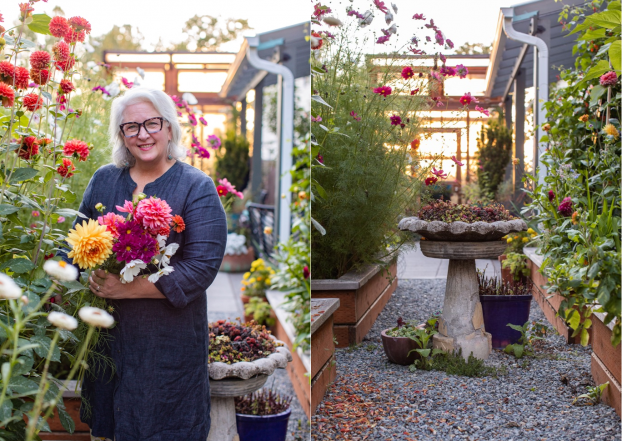
I’m Debra Prinzing, host and producer of the Slow Flowers Show & Podcast. The Slow Flowers Podcast is engineered and edited by Andrew Brenlan. The content and opinions expressed here are either mine alone or those of my guests alone, independent of any podcast sponsor or other person, company or organization. Next week, you’re invited to join me in putting more Slow Flowers on the table, one stem, one vase at a time. Thanks so much for joining us today and I’ll see you next week!
Music Credits:
Drone Pine; Gaena; He Has a Way
by Blue Dot Sessions
http://www.sessions.blue
Lovely
by Tryad
http://tryad.bandcamp.com/album/instrumentals
http://creativecommons.org/licenses/by-sa/3.0/
In The Field
audionautix.com









